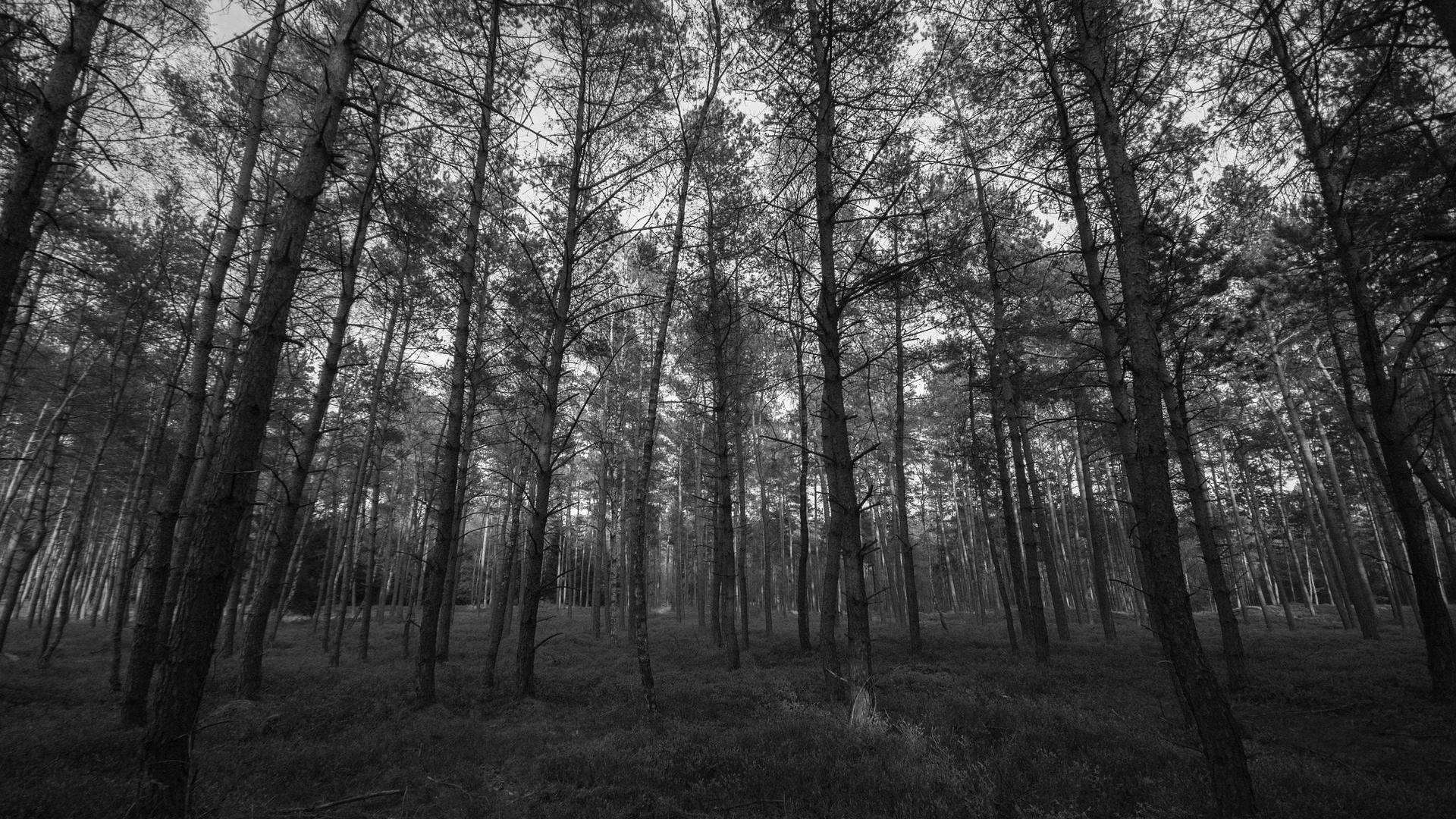Page 229-230, Press Photography in the Context of National Socialist Propaganda Means in the Reichsgau Wartheland
Page 229-230 > access to source at the UDK > Teilband 1 > Link
Translation of contents with the friendly permission of Verlag Dr. Kovač Hamburg.
Author information: Miriam Y. Arani
URN: https://nbn-resolving.org/urn:nbn:de:kobv:b170-17233
DOI: https://doi.org/10.25624/kuenste-1723
ISBN: 978-3-8300-3005-8
Publisher: Verlag Dr. Kovač
Place of publishing: Hamburg
Document type: Book (Monograph)
Language: German
Year of completion: 2008
Publishing Institution: Universität der Künste Berlin
Date of release: 23.02.2022
GND keyword: Wartheland; Poland – people; Germans; photography; self-image; foreign image; Wartheland; Polen – Volk; Deutsche; Fotografie; Selbstbild; Fremdbild
Page number: 1014
License (German): No license – copyright protection
From Chapter III: National Socialist Press – Reichsgau Wartheland
[…] 2. Press Photography in the Context of National Socialist Propaganda Means in the Reichsgau Wartheland
[…]
Winfried Ranke attempted to define the propagandistic in the photographs of the propaganda companies of the German Wehrmacht more precisely in order to distinguish it from the non-propagandistic in the photographs. Apart from the image texts guiding interpretation, he also cited external features of original contemporary press photo prints as a distinguishing criterion: Only press photo prints that show the corresponding release stamps of the censorship offices on the back would be undoubtedly propaganda. [179]
The problem posed by this external distinguishing feature, which according to Ranke is reliable, is its comparatively rare occurrence: As a rule, the image holdings examined did not contain contemporary master prints of the agencies with censorship notices, but rather other contemporary uses of press image prints. Of the propaganda companies, the Federal Archives have preserved predominantly photographic images in the form of (contact-copied) negative film strips without any labeling. This means that this extraordinarily large stock of photographs cannot be differentiated into propagandistic and non-propagandistic on the basis of the external criterion cited by Ranke, since the decisive feature is not part of the primary source. However, it is fundamentally indisputable that the producer of these photographic images – the “Propaganda Companies” (PK) – had a propagandistic intention.
If one tried to apply Ranke’s external criterion of distinction to all surviving PK photographs, one would arrive at the quite bizarre result that of more than a million PK photographs, perhaps only a dozen could be undoubtedly described as propaganda. Thus, orientation on this single criterion is insufficient and does not lead to reliable results. Propagandistic can also be the image contents and photographic presentation methods of the image object, if they are in accordance with the specifications of the Ministry of Propaganda, or if they were published in the legal press of the Nazi state. It may be assumed that the majority of legal photographic publications complied with both the censorship regulations and the instructions of the Ministry of Propaganda. Photography was a propaganda medium alongside and in conjunction with other propaganda media. Single-image analyses do not provide sufficient insights into such synaesthetic phenomena in the National Socialist ‘media network’. [180]
Fig. III.43: Ostdeutscher Beobachter [East German Observer], 24.1.1944, p. 1. Photographic illustration for the article „Kämpfendes Volkstum sichert den Lebensraum. Gauleiter Greiser und SS-Obergruppenführer Lorenz sprachen zum Abschluß der Reichstagung des VDA.“
The officially authorized press photographers in the Warthegau
In the territory of the Reichsgau Wartheland, with a focus on the Posener Land, it was possible to establish the activity of various press photographers. In addition, the press offices of various state and party official organizations also distributed photographic images to the press, whose photographers were not named in the press copyright notices. [181] Individual press photographers traveled through the Warthegau on behalf of organizations in the Reich territory (for example, Hilmar Pabel, Liselotte Purper, Boris Spahn). The stay of individual PK photographers in the Warthegau is also documented (Wiesemann, Zermin). [182] Apart from the PK photographers who worked in Wehrmacht uniforms, the activities of various “German” press photographers in civilian working contexts could be proven:
– freelance press photographers who traveled through the Warthegau (Fritz Halleger, Liselotte Purper, Boris Spahn)
– permanently employed professional and press photographers (Nikolai Bogner, Willy Römer, Gerhardt Wolbrandt)
– journalists of the Ostdeutscher Beobachter, who occasionally also took photographs (especially in local reporting from the small towns of the Gau: Eugen Petrull, Fritz Albrich, Heinz Urban)
– German amateurs (Ernst Stewner) and part-time photographers (Wilhelm Holtfreter, Alfred Kiss, Waldemar Rode) [183].
—
[179] Ranke 1992, p. 62, 67.
[180] It seemed methodologically more sensible to typologize the multitude of themes and modes of representation as far as possible in order to do justice to the quantity of the surviving pictorial material. Within the given framework, it was not possible to compile a list of the particularly frequent pictorial themes and modes of representation of the contemporary press photo paper prints, because the density of their transmission with motifs from the Warthegau was too low in the sifted holdings.
[181] On the author’s notes, Sachsse 2003, Doc. 4.48. Most party organizations, business enterprises, and some state agencies had press departments that regulated the procurement and dissemination of journalistic information in the spirit of their organization. For example, Dr. Heinrich Bosse, a Baltic German who had initially worked in Posen in the press office of the Volksdeutsche Mittelstelle, was “detached” to the Higher SS and Police Leader in Posen as a press officer on February 1, 1940, and worked there in the office of SS-Oberführer Döring. See APP-VoMi-Sign. 145, Bl. 25; APP-VoMi-Sign. 148, Bl. 16, 22, 173; Fielitz 2000, p. 371.
[182] Cf. list of photographers in the appendix under “Purper” and “Spahn” and chapter “Institutional Photography” on the propaganda companies.
[183] The photo publications in the daily Ostdeutscher Beobachter from the region also confirm for the Warthegau that local photo reporting in the province was a sideline field of craft photographers and amateurs; see Herz 1994, p. 355 note 110.
—
[Excerpt: page. 229 to 230]

